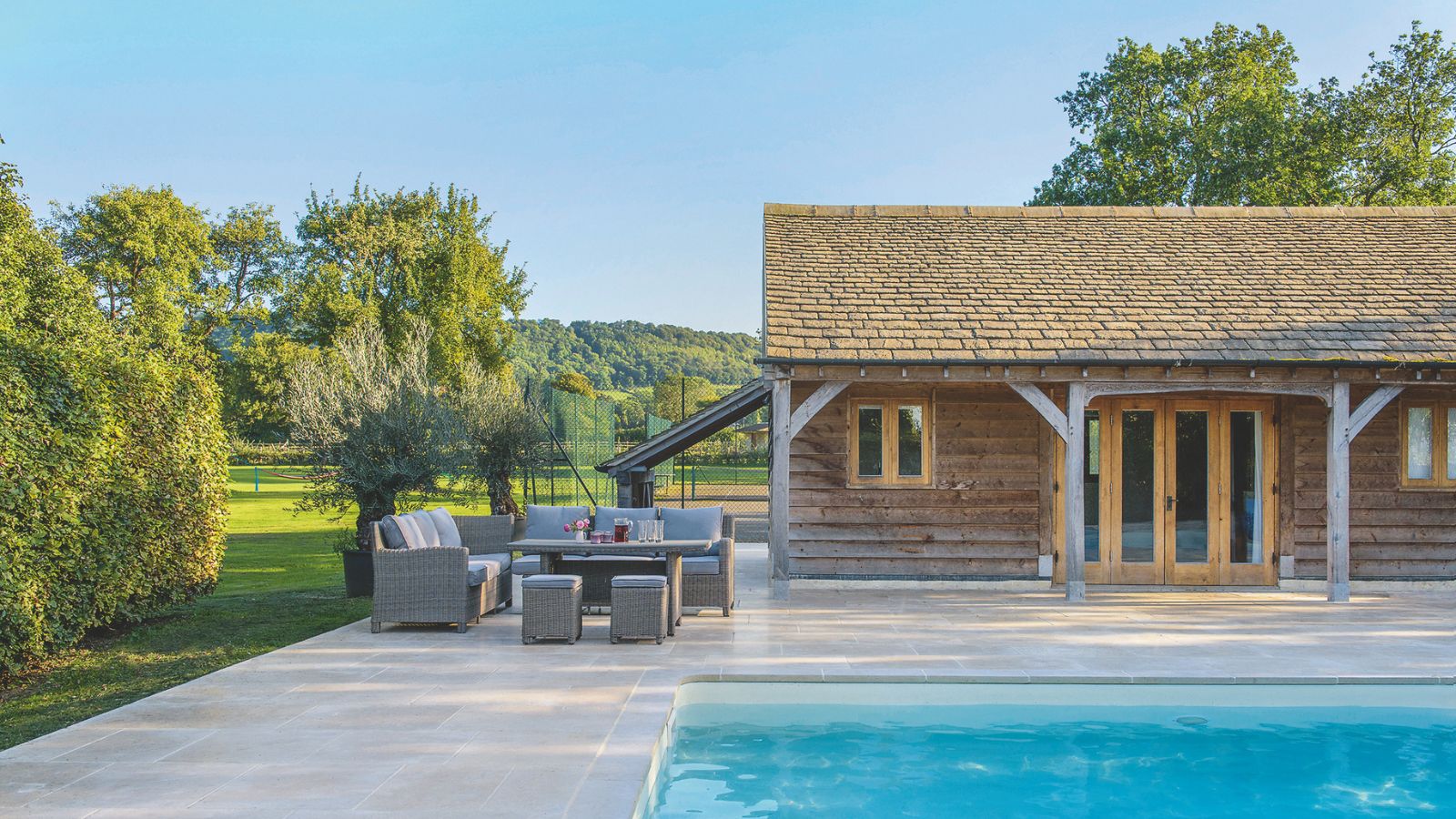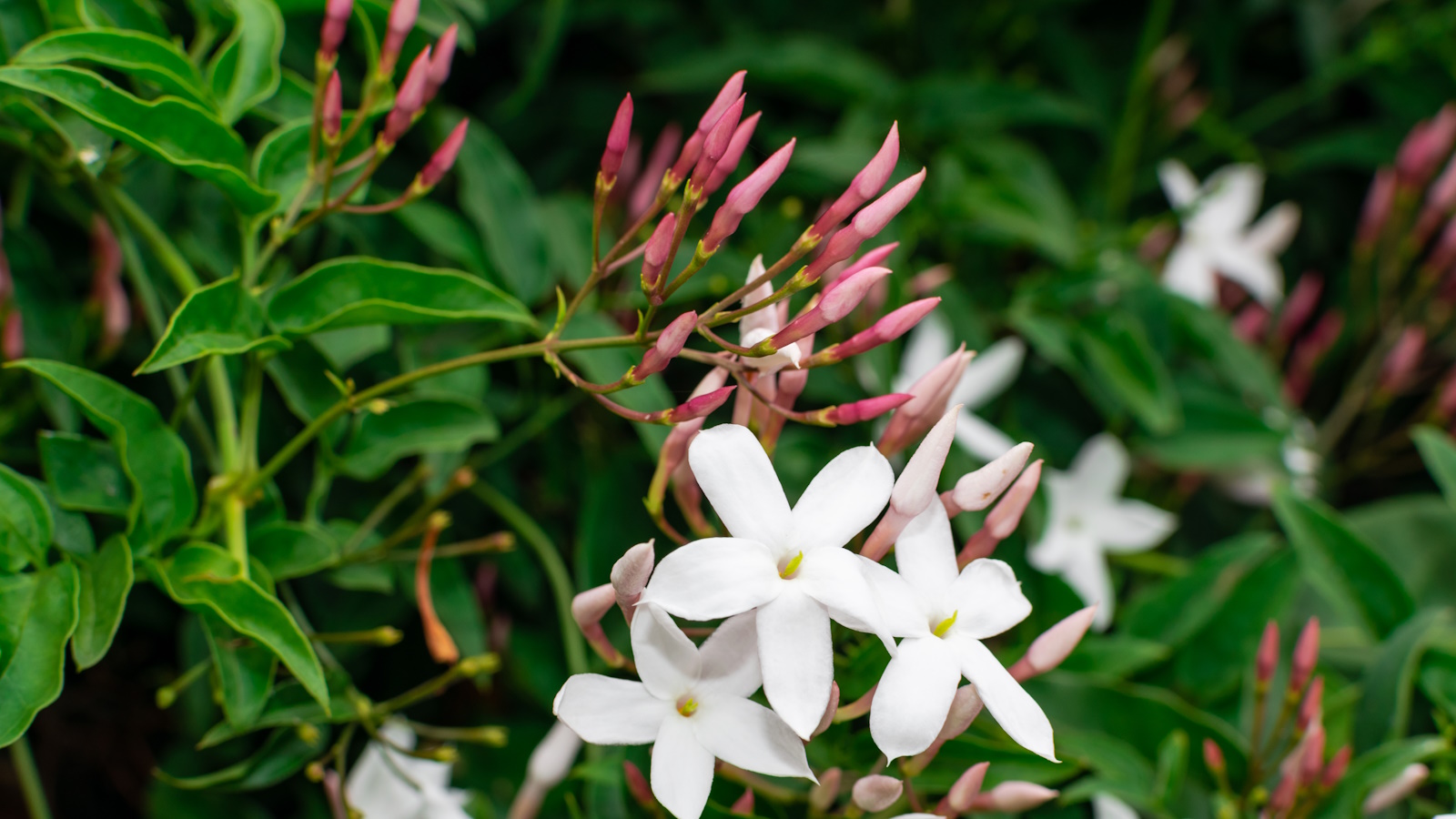How long should you water a lawn for? Pro advice on the ideal timings
A quick drench with the sprinkler or long soak? Lawn care experts share their tips for the healthiest grass


Knowing how long you should water your lawn for has always been key to maintaining lush, green grass. But coupled with today’s concerns about water consumption and conservation, it’s left many of us in a quandary.
While some homeowners favor a regular evening sprinkling, either turning on the irrigation system or rigging up a sprinkler attached to the hose, there are others that are wedded to treating their grass to a longer soaking once or twice a week. While both approaches may keep the lawn looking green and lush, which will actually boost the turf’s overall condition?
We’ve asked a range of trusted specialists to share their insights and lawn care tips on the best approach to watering your grass.

Watering can have its benefits if you get the right routine
How long should you water your lawn for?
‘As a general rule of thumb, it's recommended to aim for about 1 to 1.5 inches of water per week, including rainfall,’ says Gene Caballero, co-founder of lawn care specialist GreenPal. ‘This usually translates to watering your lawn for about 20-30 minutes at a time, 2-3 times per week.
'It's better to water deeply and infrequently rather than lightly and often, as this encourages a deeper root system which makes your lawn more resilient and drought-tolerant,’ he says.
As Gene describes, rather than basing it on time alone, to get a more accurate gauge of how long to water your lawn for it can be useful to work out how much water is being applied.
Sounds technical? Don’t worry, it doesn’t have to be. It’s just a matter of working out how much water your particular grass and soil type need.
‘The goal is to provide the lawn with between 1-1.5 inches of water per week for cool season grass and 0.5-1 inch for warm season grass, which includes rainfall,’ says Stacie Smith, owner of landscape specialists Smithson Exteriors.
‘The simplest way to gauge how much water your sprinkler system delivers is by placing a washed-out food can on the lawn when watering. Measure the level of water in the can every 15 minutes. When you get to the desired inch level for your type of grass, record the amount of time that you watered.’
If this all sounds a little unscientific as a way of working out how often to water your lawn in summer, there are plenty of affordable gadgets that can give lawn lovers a more accurate reading, so you can avoid making any lawn care mistakes.
‘For those more technically minded homeowners, a soil moisture meter can be purchased for around $20 that will give accurate and simple readings to help know the moisture level of the soil at various depths,' adds Stacie.
This XLUX soil moisture meter from Amazon can test the moisture levels in your soil.

Watering 2-3 times a week is normally sufficient
But are there any exceptions? Well, only that you know the nature and health of your particular lawn best.
‘It’s important to remember that these are just general guidelines and you'll need to adjust the duration and frequency of waterings based on the specific needs of your lawn,’ says Gene Caballero. ‘It's always a good idea to monitor your lawn and adjust your watering schedule as needed and remember that it's better to underwater than to overwater.’
It's worth knowing too that watering your lawn at night can cause problems long term if you do it on a regular basis, so keep this in mind when picking when to schedule your watering tasks.

Gene Caballero is the co-founder of lawn care company GreenPal. He has been in the landscaping business for over 25 years.
Shop lawn watering gadgets

You can fit this sprinkler timer to your outdoor faucet to easily control watering frequency and duration.

This oscillating sprinkler can cover up to 3,600 sq ft of lawn. It's easy to adjust the area you want to water, and it comes with 16 different nozzles.

This lightweight hose is great for watering lawns as it is easy to move around, and provides a gentle spray. Plus, it would work for other parts of the yard too.
Problems caused by watering your lawn for too long

Overwatering can lead to your lawn struggling in periods of drought
It may not be obvious at first, but there are several downsides to giving your lawn too much water. Besides being careless of precious resources, it can also cause weed growth and lead to lawn diseases.
Making the time and effort to assess exactly how much water your lawn type needs can prove a real game changer as Bryan Clayton, founder of GreenPal explains. ‘Overwatering can lead to shallow root growth, making your lawn more susceptible to drought and disease. It also leads to water and monetary waste.'
'On the other hand, underwatering can lead to dry, brittle grass and can weaken your lawn, making it more susceptible to pests and disease. Finding the right balance is key to maintaining a healthy, vibrant lawn.’
Along with giving your lawn the right amount of water, choosing when in the day to water it can play a large part in how effective your efforts will be in making your lawn green and thick.
Watering early in the day before the heat hits is best as this allow the water to penetrate into the soil and roots. Much later in the day and any moisture may simply evaporate.
Sign up to the Homes & Gardens newsletter
Design expertise in your inbox – from inspiring decorating ideas and beautiful celebrity homes to practical gardening advice and shopping round-ups.

Journalist Jill Morgan has spent over 20 years writing and editing gardening, interior and property features. Titles she has worked on include The English Home, House Beautiful, Ideal Home, Houzz and Modern Gardens and she writes regularly for H&G as a Contributing Editor. Whilst she is a dab hand at renovation projects and DIY, she is happiest when out digging in the garden or planning a new border.
-
 How to clean a patio – 6 different methods, and when you must use a chemical cleaning agent
How to clean a patio – 6 different methods, and when you must use a chemical cleaning agentFrom manual scrubbing, natural solutions or calling in the pros, industry experts reveal the benefits and considerations of each method
By Andy van Terheyden Published
-
 Kris Jenner's favorite air fryer, the Ninja Crispi, is the perfect small kitchen solution – it deserves a place on the most compact of countertops
Kris Jenner's favorite air fryer, the Ninja Crispi, is the perfect small kitchen solution – it deserves a place on the most compact of countertopsKris approves of this compact yet powerful air fryer, and so do our own kitchen appliance experts, praising it for its multifunctionality
By Hannah Ziegler Published
-
 When and how to divide asparagus – expert tips to rejuvenate older plants for better yields
When and how to divide asparagus – expert tips to rejuvenate older plants for better yieldsDividing asparagus crowns is simple and rewarding, but you must get the timing right
By Drew Swainston Published
-
 Standing mowers vs riding mowers – a mowing expert reveals which is best
Standing mowers vs riding mowers – a mowing expert reveals which is bestStanding mowers vs riding mowers is a heated debate among landscapers. I spoke to a landscaping expert to find out if standing mowers really are the best
By Alex David Published
-
 Leaf blowers vs leaf vacuums – which is best for your yard, and should you bother with either?
Leaf blowers vs leaf vacuums – which is best for your yard, and should you bother with either?It's not obvious which is best between leaf blowers v leaf vaccums. As a product tester, this is all you need to know about these controversial yard tools
By Alex David Published
-
 Pruning jasmine in late summer will ensure your plants bloom better than ever next year
Pruning jasmine in late summer will ensure your plants bloom better than ever next yearTiming is critical when pruning summer-flowering climbers
By Thomas Rutter Published
-
 Weber vs Traeger – which pellet grill should I buy? Advice from a product tester
Weber vs Traeger – which pellet grill should I buy? Advice from a product testerThey're two titans of the grilling game, but who comes out on top between Weber vs Traeger? As a product tester, this is all you need to know about the brands
By Alex David Published
-
 Bougainvillea in miniature – with a little patience, anyone can grow these vibrant plants in bonsai form
Bougainvillea in miniature – with a little patience, anyone can grow these vibrant plants in bonsai formGrowing bougainvillea bonsai trees can add impact to even the smallest of spaces
By Thomas Rutter Published
-
 10 low maintenance, drought tolerant plants – for a beautiful and undemanding landscape
10 low maintenance, drought tolerant plants – for a beautiful and undemanding landscapeExpert plant picks for a thriving dry garden, that will make life easier and more colorful
By Jacky Parker Published
-
 How to grow eastern redbuds – the cherished native tree with striking spring blooms
How to grow eastern redbuds – the cherished native tree with striking spring bloomsAdaptable and reliable, eastern redbuds are tough trees that will not disappoint
By Thomas Rutter Published